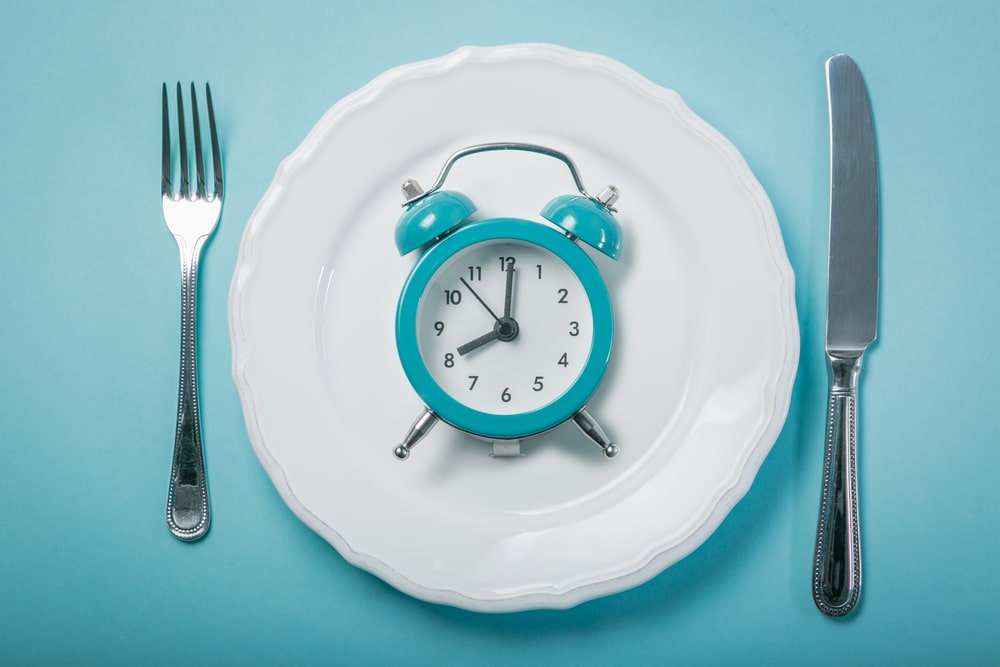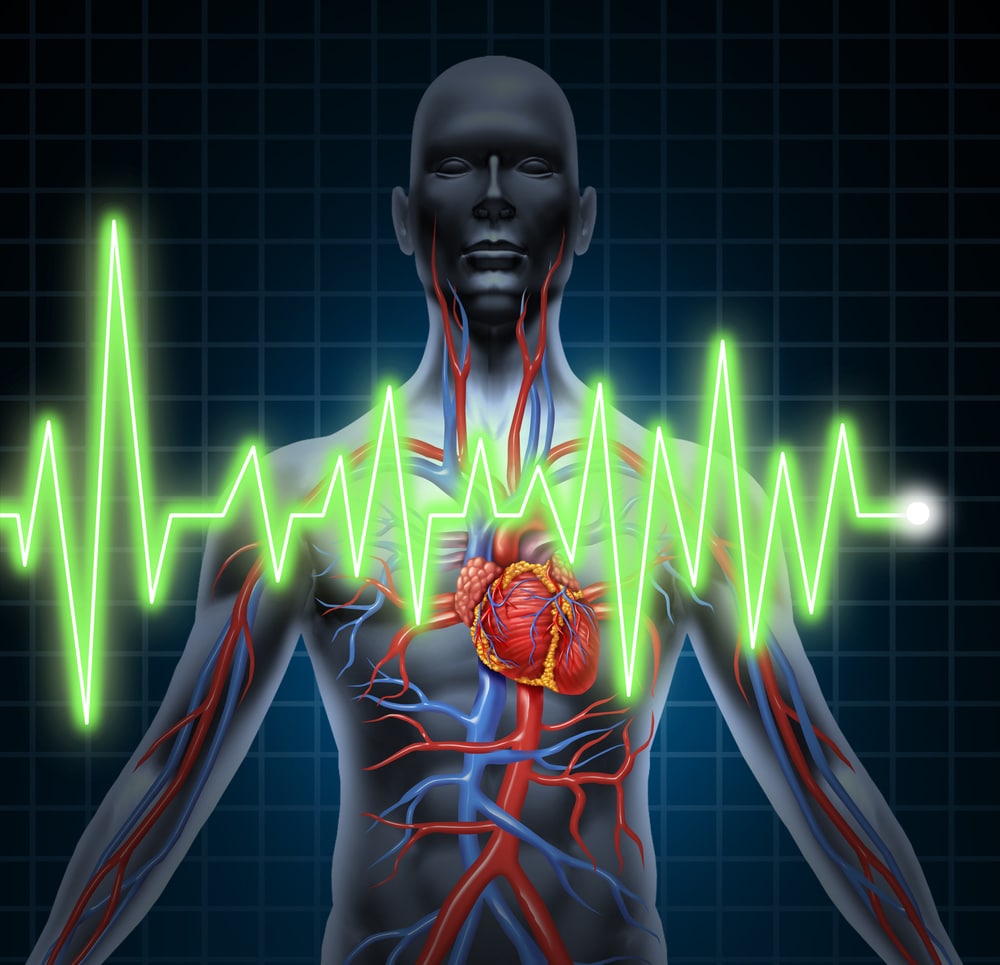Not getting enough sleep? You’re not alone. According to the CDC, more than one-third of adults don’t get the recommended seven hours of sleep they need to feel well-rested and energized the following day. When this occurs, we fall into what’s known as 6sleep debt.
Sleep debt, or sleep deprivation, occurs when you aren’t getting the sleep you need to feel awake, alert, and ready to go. And while one night of interrupted sleep may be a nuisance the following day, prolonged periods of sleep loss can lead to daytime sleepiness, emotional instability, weight gain, and several other health problems.
Why We Sleep
As human beings, our bodies require prolonged periods of rest not only to feel rejuvenated and refreshed but also to repair tissue, grow muscles, and synthesize hormones. We spend one-third of our lives asleep, and going without sleep can lead to psychosis or even death.
We can break down the stages of sleep into two primary categories: non-rapid eye movement and rapid eye movement (REM) sleep. Non-REM slow-wave deep sleep is characterized by slow brain waves and the release of growth hormones as our brain and many physiological systems enter a state of repair. REM sleep is similar to how our mind operates during the day, with one caveat — the brain is active and working, but our muscles are in a state of paralysis.
Beyond these realities, scientists don’t fully understand why we sleep. Some propose that sleep restores the brain’s energy while others hypothesize that sleep plays a major role in the connectivity and plasticity of the brain. The latter theory explains why individuals who are sleep-deprived suffer from memory loss and the inability to pay attention.
Regardless of the underlying reasons behind our need for sleep, we ultimately know that sleep is an extremely important aspect of our well-being. Without it, we suffer.
What Is Sleep Debt?
Sleep debt is the act of not getting enough sleep. You can often gauge whether or not you’re receiving enough sleep by monitoring how you feel the following day. If you’re tired, drowsy, and inattentive, chances are you’re suffering from short-term sleep debt. And if symptoms such as blood pressure changes, weight gain, or other serious health problems take shape over time, you may be suffering from the cumulative effects of chronic sleep debt.
The Symptoms of Sleep Debt
The primary short-term symptom of sleep debt is excessive daytime sleepiness. Other symptoms may include the following:
Irritability
Depressed mood
Forgetfulness
Clumsiness
Lack of motivation
Increased appetite
Carbohydrate cravings
Reduced sex drive
Inability to concentrate
Fatigue
The Effects of Sleep Debt
Sleep loss in any form can come with serious side effects that will impact both your short-term and long-term health. Here’s a look at some of these effects.
Weight Gain
The hormones leptin and ghrelin control feelings of hunger and fullness. When you suffer from lack of sleep, leptin will decrease and lead to the constant feeling of hunger alongside a general slowdown of your metabolism, which may cause weight gain over time. Ghrelin will increase with lack of sleep increasing hunger levels. Also, keep in mind that getting plenty of sleep can burn calories.
Blood Pressure & Heart Disease
During normal sleep, your blood pressure will naturally decrease. If you’re suffering from a sleep deficit, your blood pressure will stay higher for a longer period of time, just as it does during the day. Over time, this may lead to an increased risk of heart disease, thus illustrating the need for a normal sleep schedule.
Type 2 Diabetes
Diabetes is a disease that causes sugar to build up in your blood, which will damage your blood vessels over time. According to the National Sleep Foundation, when your sleep patterns are negatively impacted, less insulin is released into the bloodstream after you eat.
Meanwhile, your body may release other stress hormones to help you stay awake. These stress hormones impact the ability of insulin to do its job effectively. As a result, glucose will remain in your bloodstream and increase your risk of type 2 diabetes.
Sleep Debt Treatments
Treating sleep debt in any form is only required if you physically can’t go to sleep or suffer from a sleep disorder, such as sleep apnea. Oftentimes you can improve sleep debt by simply increasing the amount of time you’re asleep or by altering your sleep habits to further encourage healthy amounts of sleep.
If you physically can’t go to sleep or you suffer from a sleep disorder, two primary avenues exist that can treat your sleep deprivation: cognitive treatments and medications.
Cognitive Treatment
Cognitive treatments that seek to repay your sleep debt are available in abundance. For instance, relaxation and meditation techniques utilize guided breathing and mindfulness approaches that encourage your body and mind to fall asleep naturally.
Other cognitive treatments include controlling pre-bedtime activities and optimizing your sleep environment to increase your sleep duration. This may include limiting social media usage before bed and removing other distractions like bright lights or screens.
Medications
If the cognitive or non-medical intervention proves to be ineffective, sleep medicines are available that can help induce sleep. Some of these medications are available over-the-counter while others require a prescription.
Some individuals may form a dependence on sleeping medications, meaning they can’t go to sleep without taking medication. For this reason, it’s important to speak with your healthcare provider and review all your options before determining if sleep medication is right for you.
Habits for Healthy Sleep
Getting a good night’s sleep is dependent upon your sleeping habits and nightly routines. Also known as sleep hygiene, healthy sleep habits will leave you feeling rested and refreshed each morning.
Some good sleep habits include:
Going to bed when you feel tired
Not eating 2-3 hours before bed
Engaging in regular, daily exercise
Keeping the bedroom quiet and cool
Turning off electronic devices
Using an alarm clock to regulate when you wake up
Paying off sleep debt
If you fail to get your recommended amount of sleep, you’ll begin accumulating a sleep debt. For instance, if you need eight hours of sleep but only get five, you’ll have a sleep debt of three hours. If this pattern continues throughout the week, your sleep debt will climb, and the effects of sleep deprivation will quickly take hold.
The only way to pay off your sleep debt is to start getting the sleep you need, along with some extra time each night, or with naps, until the debt is fully ”paid off”. Once you’ve paid off the sleep debt, you can resume your normal sleeping schedule.
Even if paying off your sleep debt seems impossible, remember that it can be done with conscious effort. While repaying tens or even hundreds of hours of sleep debt may seem out of reach, it can be accomplished by reflecting on your current sleep habits and making adjustments whenever necessary.
Consider using a sleep tracker to fully understand your sleeping habits. Once you’ve finally woken up feeling refreshed and recovered, you’ll have paid off your sleep debt in full.














